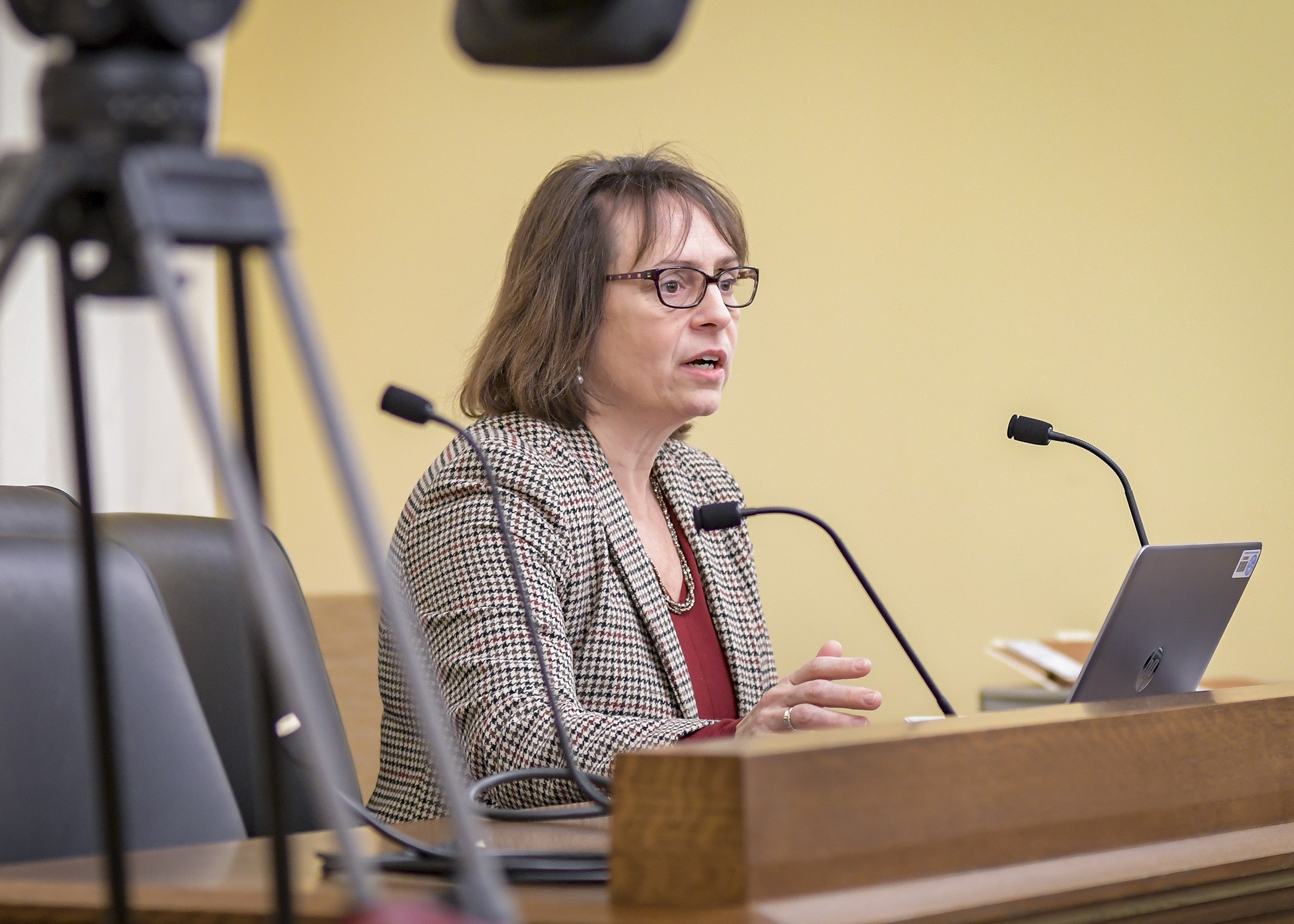Concerns of fraud in Child Care Assistance Program overshadow overview

Following reports last spring of pervasive fraud within the Child Care Assistance Program, the Office of the Legislative Auditor is currently investing and developing a report on the size and scope of the problem.
In the meantime, the House Early Childhood Finance and Policy Division received an informational overview Tuesday. While highlighting the program’s goal, funding and processes, Laurie Possin, the program’s manager, also spent plenty of time answering questions and addressing concerns of fraud.
The Basics
The program aims to provide parents who are working, looking for work or studying, with accessible and affordable child care, while also ensuring children are well cared for and have access to early learning opportunities.
It’s administered at a local level by counties, but supervised by the Department of Human Services. It currently pays 3,265 providers each month. Of those, 71 percent are licensed centers, 17 percent are licensed family centers, 11 percent are licensed exempt centers and 2 percent are legal but non-licensed providers.
Fraud Investigations
Allegations of provider criminal misconduct received renewed scrutiny following a report last spring by Fox 9. The report described instances of fraud within the program, contending that some providers were misrepresenting services or overbilling the state, and possibly filtering those funds to terrorist organizations.
Rep. Mary Franson (R-Alexandria) has been pushing the department for information regarding the fraud and is vocal about cutting off support for the program. Citing feedback she’s received from the public, she inquired about the possibility of ending the program altogether.
“I’ve got tons of emails saying, ‘Do not put one more dime into CCAP.’ And there’s a movement there that wants to end the program,” she said. Noting it’s a subsidiary of the Child Care and Development Block Grant Act, a federal program, and that it receives federal funding, Franson asked if ending the program was a realistic option.
“CCAP takes fraud very seriously,” Possin said, adding that they’re working closely with the Office of Inspector General to examine policies and procedures and to identify fraud. “In terms of federal dollars, certainly I don’t think Minnesota would want to bypass the entire federal program, which is an important support for families and children who are working and in school.”
To qualify for funds, a family of three must earn less than $3,288, the parents must work, be in school or be looking for work, and the child must be 12 or younger (age 14 if special needs). The program serves 30,000 kids statewide, with an overall budget of $266.6 million. Of that, $138 million is state funding, $126 million is federal funding and an additional $3 million is contributed by counties.
Rep. Kristin Bahner (DFL-Maple Grove) asked about the scope of the fraud, particularly in terms the program’s overall budget.
Possin wasn’t able to provide a definitive answer, saying the process of determining and prosecuting fraudulent activity is complex.
“You have to go through a process, you have to collect the data, you’ve got to determine what is your course of action for recovery and criminal proceedings,” she said. “In terms of measuring it, I think the OLA report will probably give us some more information but I don’t think we’re going to have a number that says this amount is fraud.”
Rep. Dave Pinto (DFL-St. Paul), the division chair, said he is very concerned over the allegations, but noted the point of the presentation was to familiarize division members with the overall program and how it operates. He assured Franson and other division members that they’d be hearing more on the fraud investigation.
“It’s a great concern to me that funds would be taken away from folks who are deserving of it,” he said. “But the first step is to make sure these folks, on the [division], can understand how the program works and that’s what’s happening today, and then we move on from there, but I can assure you that I take it quite seriously.”
Related Articles
Search Session Daily
Advanced Search OptionsPriority Dailies
Ways and Means Committee OKs proposed $512 million supplemental budget on party-line vote
By Mike Cook Meeting more needs or fiscal irresponsibility is one way to sum up the differences among the two parties on a supplemental spending package a year after a $72 billion state budg...
Meeting more needs or fiscal irresponsibility is one way to sum up the differences among the two parties on a supplemental spending package a year after a $72 billion state budg...
Minnesota’s projected budget surplus balloons to $3.7 billion, but fiscal pressure still looms
By Rob Hubbard Just as Minnesota has experienced a warmer winter than usual, so has the state’s budget outlook warmed over the past few months.
On Thursday, Minnesota Management and Budget...
Just as Minnesota has experienced a warmer winter than usual, so has the state’s budget outlook warmed over the past few months.
On Thursday, Minnesota Management and Budget...